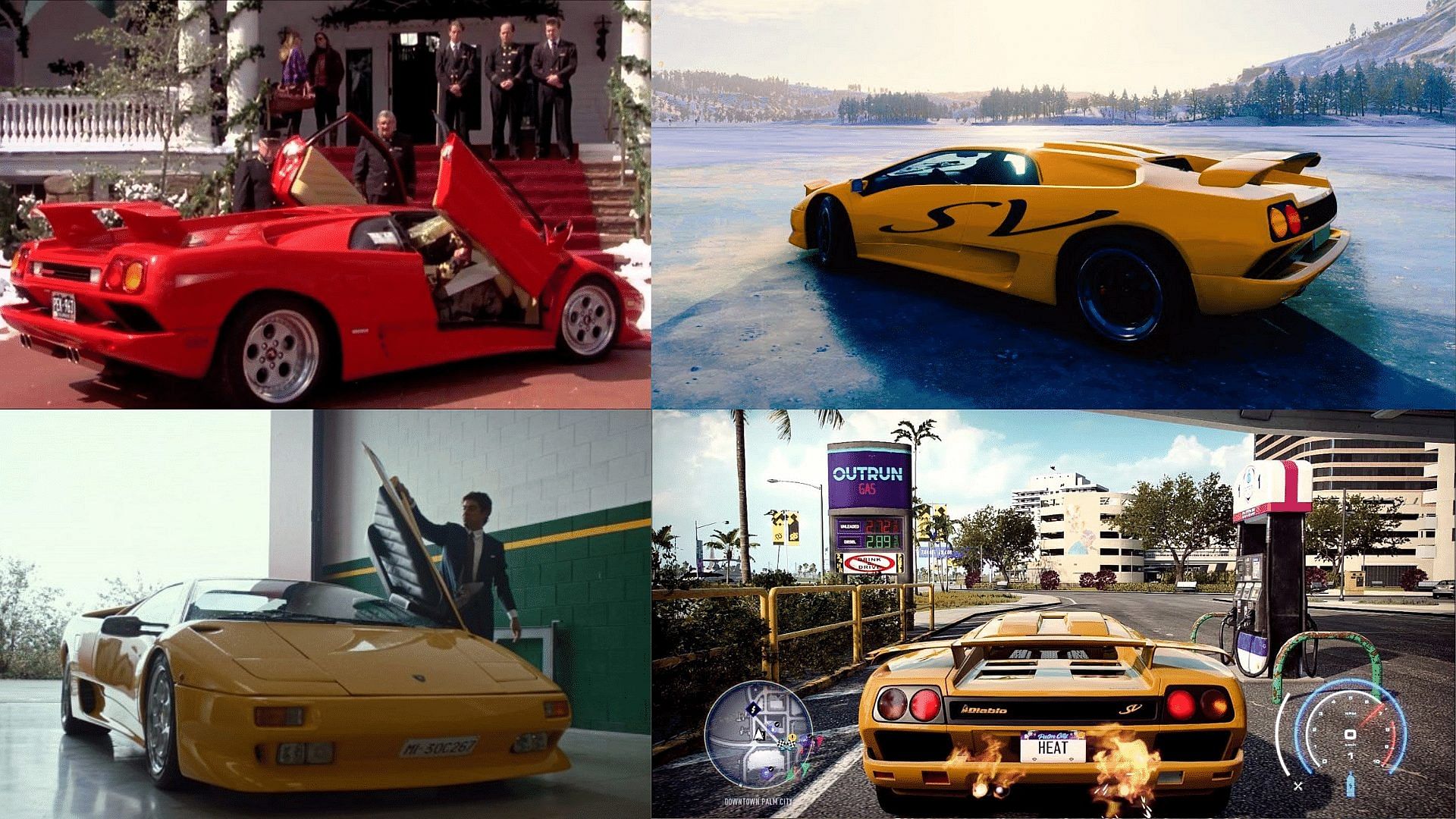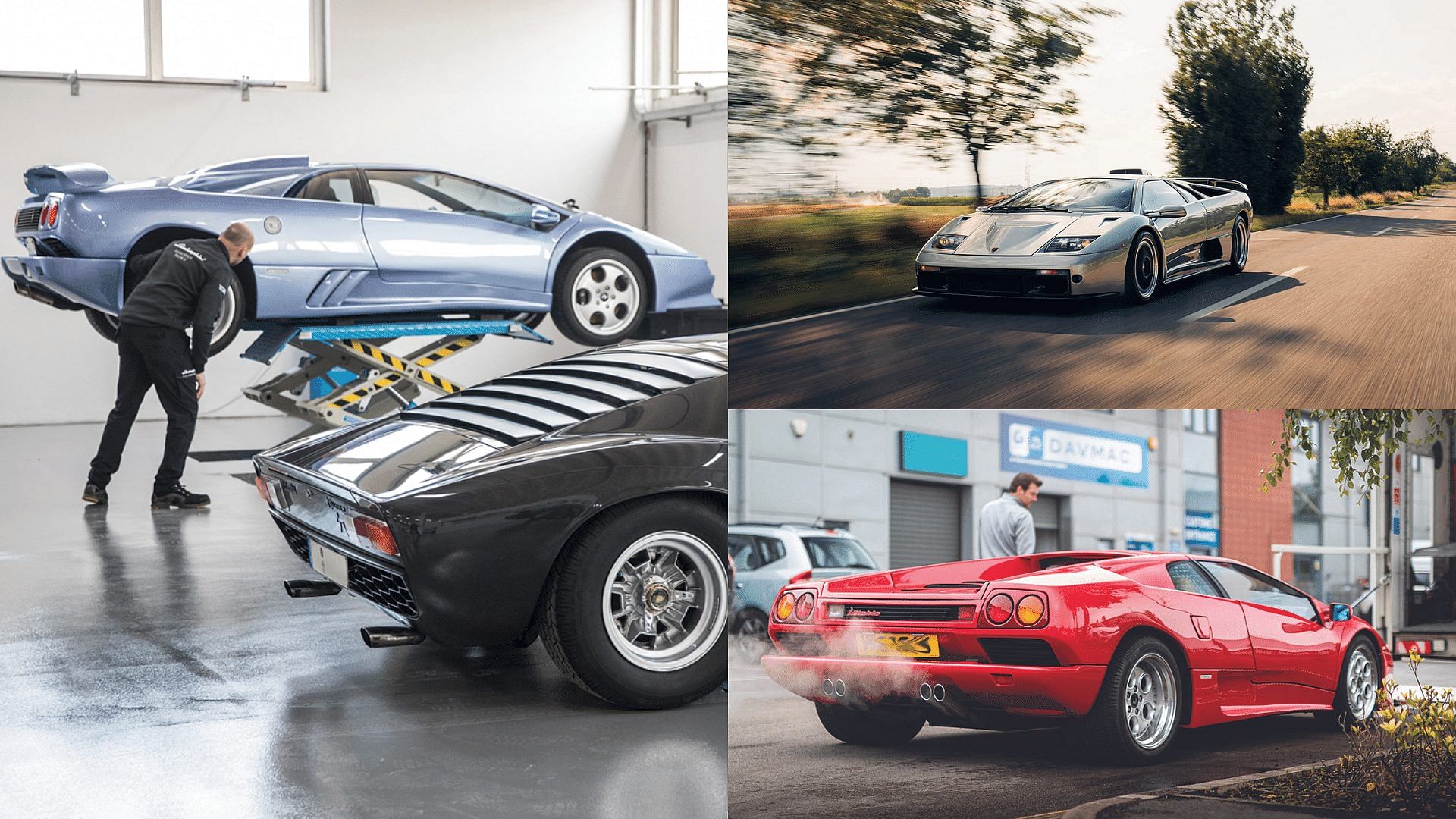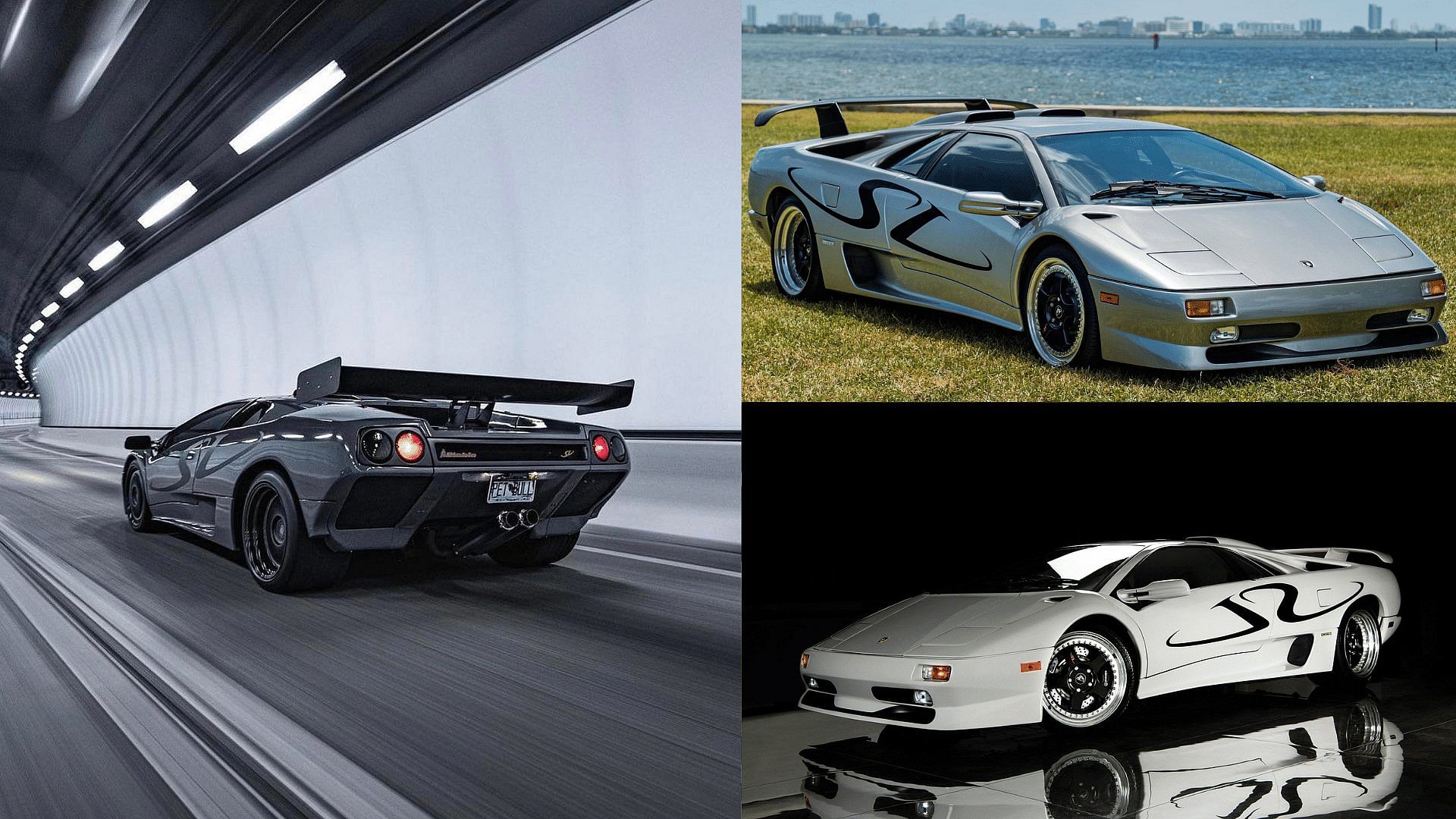Things You Should Know Before Closing The Deal On A Lamborghini Diablo
The Lamborghini Diablo was a ferocious car that ruled the supercar market in the late 90s. It initially was a mid-engined rear-wheel drive car that was in production from 1990 and 2001. Diablo was also the first Lamborghini to achieve the 200 mph mark, making it the fastest Lamborghini of the time.
Published February 7, 2024

The Diablo is a mid-engined sports car built between 1990 and 2001 by the Italian car manufacturer Lamborghini. It was the first production Lamborghini to surpass the 200 mph top speed, which was a huge deal in the ’90s, and not many cars were capable of doing that. The car was ahead of everything available on the road and it was destined to carry the legacy of its elder siblings the Miura and Countach.
Lamborghini introduced several special versions of the Diablo, and the timeless design and insane performance created a special place in the hearts of car enthusiasts. Although Diablo is 33 years old now, many people want to have this insane piece of automotive history in their garage. If you are planning to buy one, follow along to learn about the essential things about the car.
10. Exterior needs to be checked properly

The first thing you need to inspect is the exterior of the car, check all the body panels, and make sure that they are fitted properly and have no body gaps. Also carry a jack with you, if you can to check the bottom of the Diablo because the underbelly of the car takes all the road damage and the scuffs and marks below let you know how it has been treated by the previous owner.
9. Headlights were taken from the Nissan 300zx
The initial Lamborghini Diablo used the iconic popup headlights, however in 1999, Lamborghini decided to give Diablo a facelift, they ditched the popup headlights and borrowed the headlight from the Nissan 300ZX (which is altogether an insane car) because of the similar design. This helped to save millions of dollars for research and development and made things much easier.

The facelift approached a modern and sleek shape and also included a new upgraded interior. Fun fact the headlights on the Diablo say “Nissan” on it, which is masterfully hidden by Lamborghini with a carbon fiber lid. So, if you own a Diablo and have trouble with your headlights, visit the nearest Nissan service center to save some money.
8. Professional inspection is required

A professional check is necessary when you are dealing with classic cars because a person who is well-versed in Diablo will be able to identify hidden problems in the car. An initial investment in a professional check will help you save a lot of time and money in the future and improve the overall ownership experience. Also, it will help in assessing the car in the mechanical aspect which is quite necessary for a used classic sportscar purchase.
7. Check whether the car was tracked

The Lamborghini Diablo was a performance car and the best place to experience its potential was the track. Occasional track days are not a problem, however, you need to check whether the car was tracked extensively or not. At a track, the car is pushed extensively which as a result puts extreme pressure on the car and when you do that things break.
6. The engine check

One of the coolest bits in the Diablo is the engine cover, It is the only car that displays the firing order mentioned on the engine itself. The 6.0 Liter V12 engine produced a staggering 529 hp and 446 lb-ft of torque which took this vehicle from 0-60 in 4.3 seconds. Although the engine used in the Diable was robust and did not pose any major issues, it required annual servicing every 6,750 miles which is there with every engine present on earth.
5. Diablo GT was the most powerful Diablo for the roads
The base Diablo was already a seriously fast car, and it got updated and refined over the years till it came to its fastest iteration, the Diablo GT. It was a track-oriented car fitted with aggressive bodywork, a stripped-down interior, and an enlarged engine.

The GT was only made for the European market, but due to the demand, few cars were imported into the United States as well. The interior of the GT was kept to a bare minimum, with carbon fiber panels, race-spec bucket seats, and special 3-spoked OZ wheels. The engine of the GT was also upgraded and the 6.0 liter V12 now made a peak output of 567 hp and 465 lb-ft of torque.
4. Suspension and brakes
As with any car, some things require replacement after some time, therefore if you are inspecting a Diablo make sure to check the suspension and look for any dripping fluid and it may indicate that dirt has entered the system. Also, keep in mind that VT comes with active suspension and power steering and the SV Roadster comes with a front lifting system to prevent bottom scraping, thus make sure to check all the systems are working properly. The brakes are also prone to fade early, which they upgraded in the later VT models.
3. Check all the service records

Checking the service records and maintenance records that are a good way to check whether the car is being maintained adequately. Because these classics are getting old a well-serviced example gives less trouble in the long run and also puts less stress on your pockets. Checking the service records also helps you to identify if there is a frequently occurring problem with the car.
2. Maintenance, Insurance, and additional cost

For a proper and no-nonsense owner experience always consider these things before buying the car. Because in the case of old sportscars that are appreciating, you need to take good care of them. The classics require extra pampering and maintenance and also you need to find a good mechanic that specializes in such cars which is inevitably expensive. Also if something goes wrong the parts are difficult and expensive to get your hands on them.
1. It was named after a Spanish bull

The Lamborghini Diablo, a name resonating with the fiery spirit, draws its inspiration from the Spanish word "Diablo," meaning "Devil." Lamborghini, renowned for naming its cars after fighting bulls, chose this moniker to symbolize power, strength, and a touch of rebellious allure. The name finds its roots in a historical bull raised by the Duke of Veragua in the 19th century, renowned for its ferocity. This bull engaged in an epic battle with El Chicorro in Madrid on July 11, 1869, etching its name in legend. By adopting the name Diablo, Lamborghini seamlessly intertwines automotive excellence with the storied tradition of Spanish bullfighting
Write a comment
Comments
No Comments Yet






